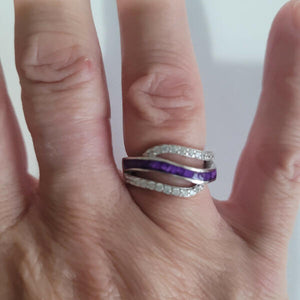Cremation regulations in England and Wales

The Cremation Act of 1902 legislates cremation regulations in England and Wales. It regulates the burning of human remains and the establishing of crematoria. The most recent amendments became law in April 2018.
Why are there cremation regulations?
Cremation regulations ensure that the body meets all the requirements to be cremated. Cremation of a body could destroy any forensic evidence, so the reason for the death must be clearly established. The application procedure for cremation rules out the possibility of any foul play.
Regulations for cremation also ensure the standardised treatment of the body and sets controls and standards on all of the participants.
What amendments are there to the cremation regulations?
For the first time, the amendment of 2016 includes a statutory definition of ashes. This states that ashes are ‘all the material left in the cremator after a cremation following the removal of any metal and any subsequent grinding or other process which is applied to the material’.
The latest amendment includes new cremation application forms, and these are available for the first time in the Welsh language. They include a section where the applicant can instruct on the disposal of the ashes. However, you can amend or change this later on if you wish.
You can now complete and sign these forms electronically. Also, crematoria no longer have to maintain for two years hard copies of these forms as was required previously.
The new amendment allows crematoria to return the ashes to someone other than the applicant in certain exceptional circumstances.
What do I need to do to arrange a cremation?
To cremate a body you must submit an application and meet a number of requirements. You can find full information on how to do this here.
Before applying, you will need a death certificate which states the cause of death. If you are a close relative, when you register the death at your local registry office you can ask for a certified copy of the death certificate. Alternatively, you can order copies online here.
You will need to submit a consent form for the cremation, along with two medical certificates. One, from the doctor attending the person at the time of their death or immediately after. The other, from an unrelated doctor who examines the body and communicates with the first doctor. Family members can legally see these documents if they so desire. Finally, a doctor at the crematorium signs another form stating that the cremation complies with all the legal requirements
After cremation, the family receives a certificate along with the ashes.







